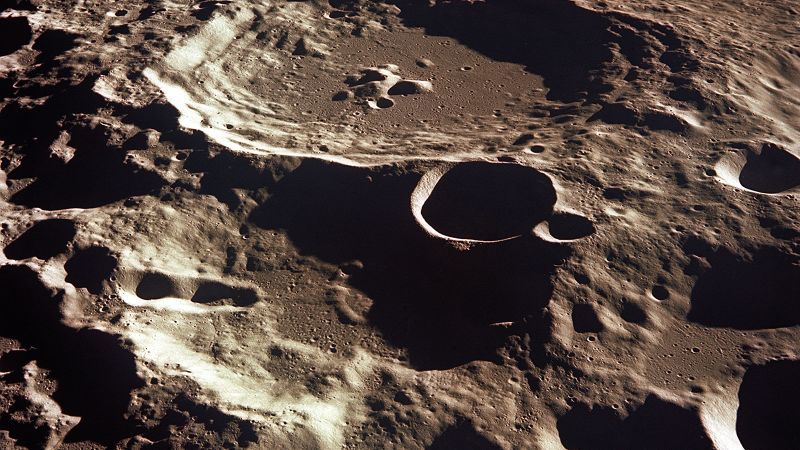In the realm of astronomical observations, the asteroid designated as 2024 YR4 has captured significant attention from scientists, despite being temporarily beyond the reach of telescopes. This building-sized object was initially perceived as a potential threat due to its projected collision course with Earth. However, recent observations have altered this trajectory, prompting astronomers to shift their focus toward the moon as another potential impact destination.
Initially discovered at the conclusion of 2024, 2024 YR4 raised alarms with forecasts of a possible collision with Earth on December 22, 2032. At one point, the likelihood of this impact soared to 3.1%, making YR4 the most perilous asteroid ever closely monitored. Thanks to joint efforts from ground- and space-based telescopes, scientists could refine their understanding of YR4’s size and trajectory, ultimately ruling out an Earth impact.
According to NASA, data obtained from early June, prior to YR4’s temporary disappearance, improved predictions about its path by nearly 20%. While Earth appears to have dodged this astronomical bullet, YR4 may still pose a risk to the moon in late 2032. An impact in this scenario could offer a rare opportunity for humanity to witness an extraordinary celestial event while also releasing fine lunar debris into space, potentially heading towards Earth.
Though there would be minimal danger to Earth from the asteroid striking the moon, any astronauts present on the lunar surface at the time could face risks, as could crucial satellites orbiting Earth, essential for navigation and communication services. There is also concern regarding low-Earth orbit missions that could intersect with debris from such a strike. Experts have noted that the International Space Station is expected to be beyond operational status by the time YR4 potentially impacts the moon.
Originally, observations of YR4 illustrated the necessity of planetary defense efforts, with scientists keen on identifying asteroids that could pose threats to Earth. Yet, its trajectory, now aimed toward the moon, has expanded the scope of planetary defense discussions. Dr. Paul Wiegert from the University of Western Ontario has suggested that the field may need to widen its protective measures beyond Earth—a viewpoint echoed by many in the astronomical community.
Aside from potential human and satellite risks, the physical characteristics of YR4 reveal much about its destructive potential. It measures roughly 60 meters (approximately 200 feet) in diameter. As observed by the James Webb Space Telescope, this metric helps scientists evaluate the potential energy release in the form of an explosion should an impact occur.
Astronomers have determined that while the largest asteroids—about a kilometer or more—are known and monitored due to their potential to cause global catastrophic events, smaller bulbs like YR4 that may be defined as “city killers” represent significant threats to regional populations. They have only identified about 40% of near-Earth bodies within this problematic size range.
The prospect of witnessing a lunar collision from YR4 provokes both concern and excitement. Initial predictions hint that should it collide, the event would most likely occur on the side of the moon visible from Earth, creating observable phenomena like a striking flash and a significant crater comparable to known impact sites on Earth.
Scientists surmise that lunar debris could fall to Earth in the form of a striking meteor shower after the impact, yet the likelihood of posing any real threat to those on the surface would be negligible. Nonetheless, smaller fragments might still threaten satellites vital for daily operations on Earth.
This scenario has motivated researchers to develop planetary defense protocols that consider not just Earth’s safety but also lunar stability. However, time will determine if a DART-like mission will ever be implemented for YR4; currently, researchers are analyzing potential methods for impact mitigation.
The journey of the asteroid 2024 YR4 exemplifies the challenges faced in skywatching and the need for improved tracking of objects that might not be visible. With upcoming telescopes like NASA’s NEO Surveyor and ESA’s NEOMIR, the ambition is to enhance detection and monitoring, allowing for early identification of potential threats.
In sum, while asteroid 2024 YR4 currently poses no imminent threat to Earth, it has sparked significant discussions about planetary defense and lunar impact scenarios—highlighting the necessity for continued vigilance and research into near-Earth objects.












